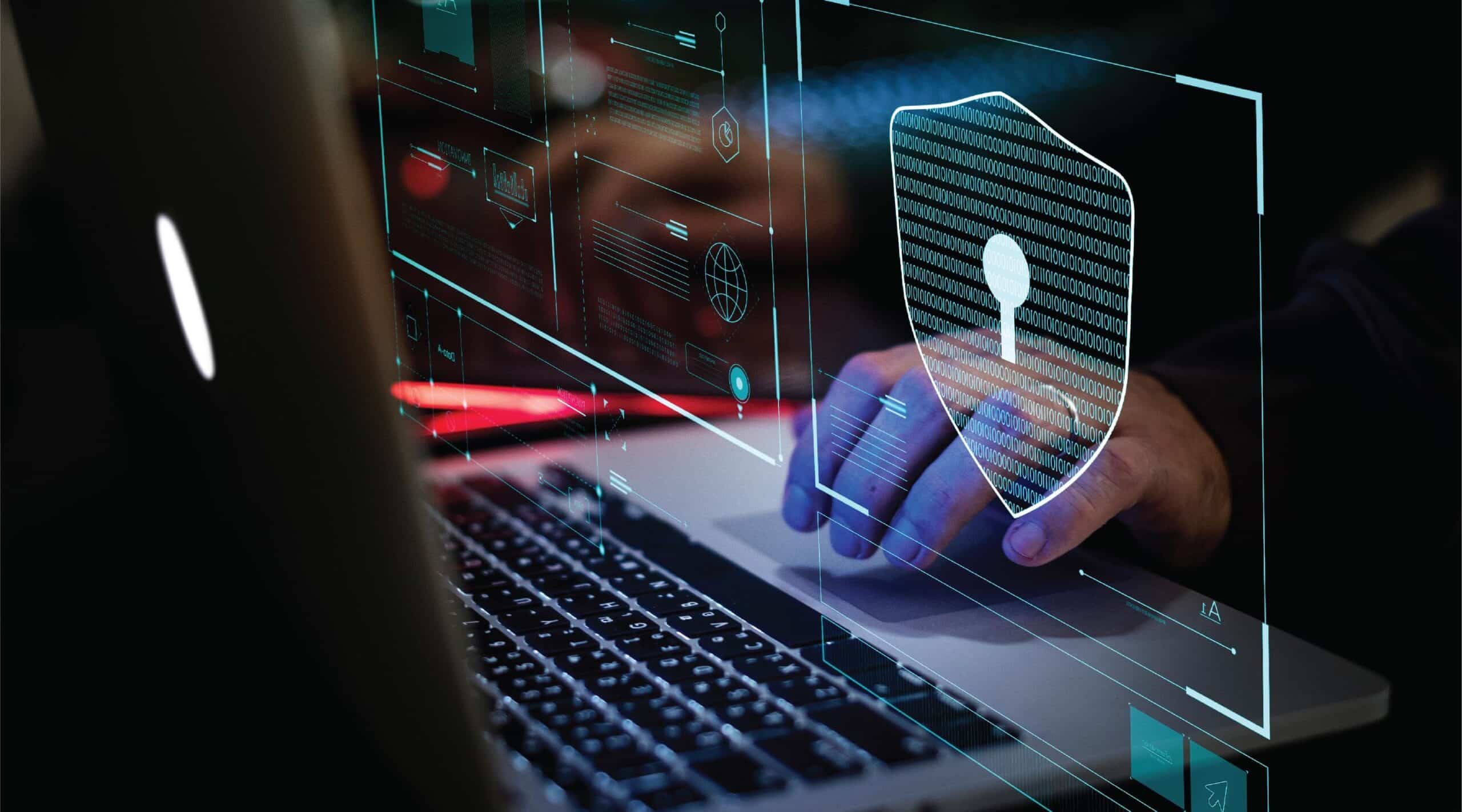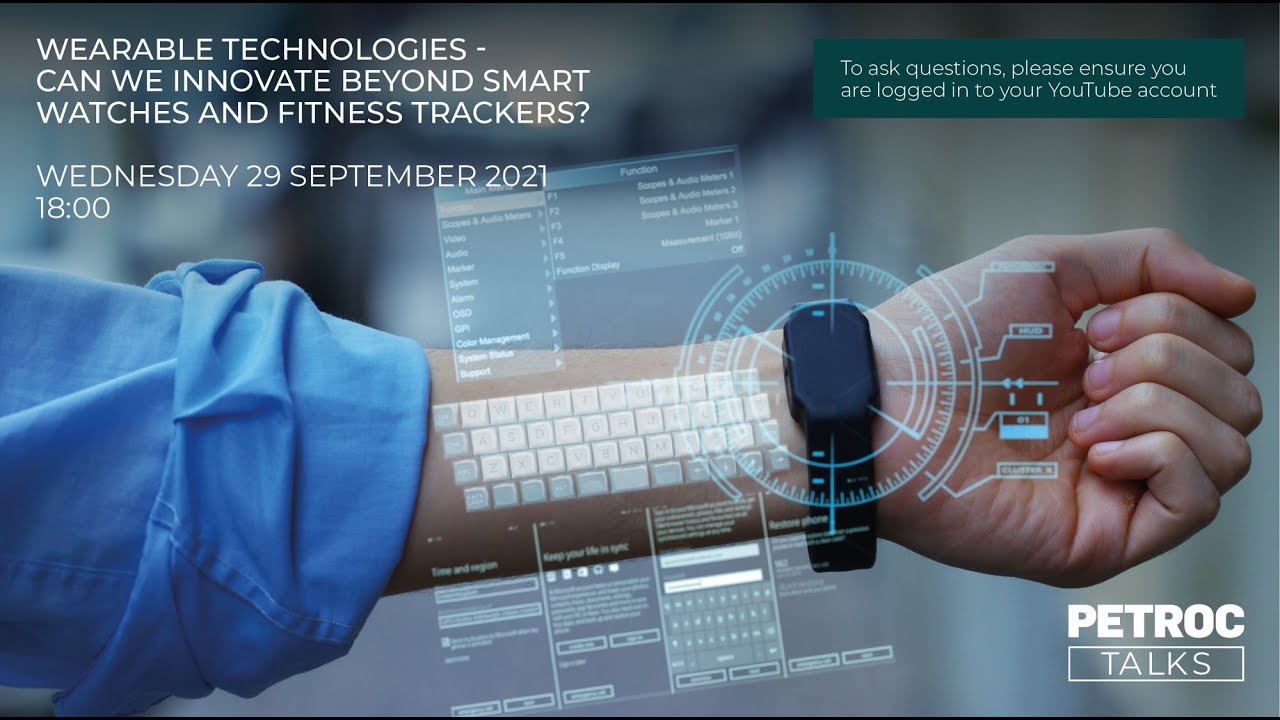Top Cybersecurity Threats in 2025 and How to Stay Safe
In 2025, cyberattacks are more sophisticated, targeted, and damaging than ever before. As digital transformation accelerates, so does the threat landscape. Whether you’re an individual, business, or government entity, understanding emerging cybersecurity threats is crucial for staying protected.
This article explores the top cybersecurity threats in 2025 and provides practical tips on how to safeguard yourself and your organization.
🚨 1. AI-Powered Cyberattacks
What’s happening: Cybercriminals are now using artificial intelligence to automate phishing attacks, bypass security systems, and generate realistic fake content.
How to stay safe:
- Use advanced AI-driven threat detection tools.
- Train staff to identify AI-generated phishing emails and voice deepfakes.
- Regularly update security protocols to match evolving AI threats.
🔓 2. Ransomware-as-a-Service (RaaS)
What’s happening: In 2025, ransomware attacks are being launched even by non-technical criminals using RaaS platforms available on the dark web.
How to stay safe:
- Regularly back up critical data—offline and in the cloud.
- Invest in strong endpoint protection and anti-ransomware solutions.
- Educate employees on social engineering tactics.
📱 3. Mobile Device Vulnerabilities
What’s happening: With remote work and 5G, mobile devices have become prime targets for data breaches, spyware, and malware injections.
How to stay safe:
- Install a mobile security app with malware detection.
- Avoid public Wi-Fi; use a VPN when accessing sensitive data.
- Only download apps from verified sources like Google Play or Apple App Store.
🌐 4. IoT-Based Attacks
What’s happening: Internet of Things (IoT) devices—like smart cameras, thermostats, and wearables—often have weak security, making them easy entry points for attackers.
How to stay safe:
- Change default passwords on all smart devices.
- Keep firmware updated.
- Use network segmentation to isolate IoT devices from critical systems.
🧠 5. Social Engineering and Deepfakes
What’s happening: Attackers use deepfake videos, synthetic voices, and fake identities to manipulate users and steal data or credentials.
How to stay safe:
- Verify suspicious requests with a second communication channel.
- Train employees on deepfake awareness.
- Use identity verification technologies for high-stakes transactions.
🔐 6. Cloud Security Breaches
What’s happening: As more data moves to the cloud, misconfigurations and weak access controls can expose sensitive information.
How to stay safe:
- Use multi-factor authentication (MFA).
- Regularly audit and configure cloud permissions properly.
- Partner with trusted cloud service providers offering built-in security.
⚠️ 7. Insider Threats
What’s happening: Employees, contractors, or partners may intentionally or accidentally compromise internal systems.
How to stay safe:
- Monitor user activity with behavioral analytics tools.
- Implement least-privilege access policies.
- Provide regular security awareness training.
🕵️ 8. Zero-Day Exploits
What’s happening: Attackers exploit vulnerabilities that haven’t been patched yet, targeting software before developers can issue fixes.
How to stay safe:
- Enable automatic updates where possible.
- Join threat intelligence feeds to stay informed.
- Use virtual patching tools to protect vulnerable systems temporarily.
✅ Best Practices for Staying Safe in 2025
- 🔐 Use strong, unique passwords + password managers
- 🔁 Keep software and devices updated regularly
- 📚 Invest in cybersecurity training for employees and family
- 🔍 Monitor network activity and unusual behavior
- 🧪 Test your systems with ethical hacking or penetration testing
Final Thoughts
Cyber threats in 2025 are more dangerous, but not unstoppable. With proactive planning, the right tools, and user awareness, you can stay ahead of hackers and keep your data secure.



